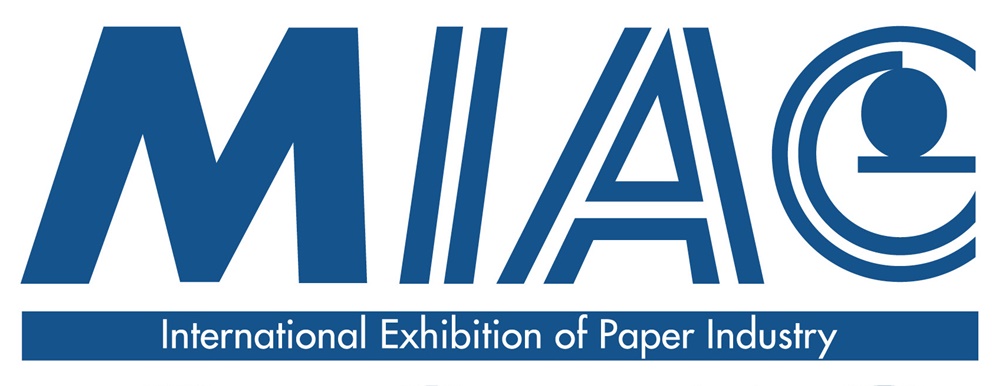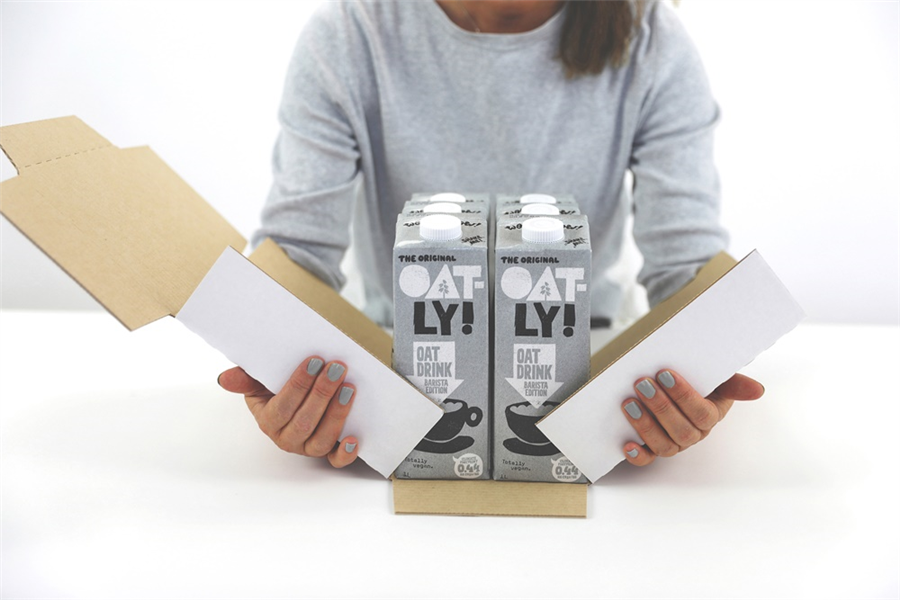NEWS
BillerudKorsnäs: Secondary packaging helps Oatly cut packaging carbon footprint by half
In partnership with BillerudKorsnäs, Oatly has implemented an innovative secondary packaging solution for products produced in Oatly’s Singapore Factory, enabling a reduction in secondary packaging material by up to 35% and an estimated reduction of CO2 emissions from secondary packaging by up to 50%1, compared to conventional packaging solutions.
Oatly recently opened its first production facility in Asia to supply the nearby markets as part of the company’s global expansion. Products produced in the factory will be packed in boxes and transported on pallets during demanding climate conditions offering hot and humid weather which generates challenging logistics chains.
The conventional packaging solution to manage high humidity is adding additional material for sturdier packaging. But the team at BillerudKorsnäs BoxLab found a different solution to ensure enhanced sustainability performance while maintaining the high quality standards of Oatly’s secondary packaging. This innovative solution is based on the following principles:
- Minimizing damage and waste throughout the logistics chain
- Focus on resource efficiency – using as little material as possible and minimize water usage
- Use packaging material that is recyclable and comes from renewable sources
- Transparency throughout the value chain securing renewable energy sources
This solution is the result of the partnership between Oatly and BillerudKorsnäs and proves the potential of addressing packaging challenges differently to ensure the sustainability performance is a key priority.
“To challenge conventional packaging solutions for a sustainable future has long been the guiding star for BillerudKorsnäs. Oatly is a company that strives to produce sustainable and responsible products. We think alike in many ways,” says Henrik Ahlgren, Sales Director Asia & Pacific, BillerudKorsnäs.
Packaging material based on strong primary fibres can make a remarkable difference in demanding logistics chains. The reduction in secondary packaging material with up to 35% will generate substantial savings of packaging material per year.
The renewable paper material originates from responsibly managed forests.2
After use, the packaging can be recycled and used for less demanding packaging multiple times.3
“We always look to find solutions to make our production chain more sustainable, transparent and resource efficient. Therefore it’s great that we are able to work with BillerudKorsnäs to find this solution to lower the climate impact and optimize the design of our Asian packaging,” says Jenny Belsö Trojer, Global Cat Manager Packaging Material at Oatly.
1 Based on BillerudKorsnäs´ Environmental Assessment Tool comparing BillerudKorsnäs´ packaging solution with conventional packaging solutions.
2 www.billerudkorsnas.com/sustainability/sustainability-foundation/sustainable-wood-supply
3 Paper fibres can be recycled many times but as the fibre quality deteriorates during each recycling process a reasonable amount of recycling loops is around 4-6 times, depending on paper quality.








